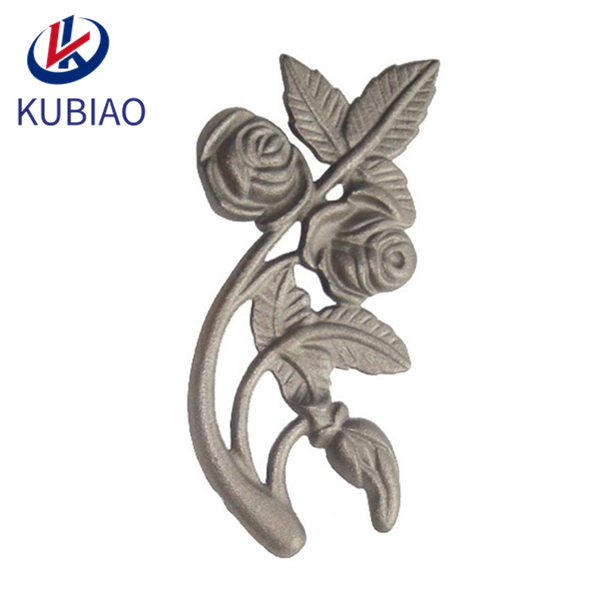
Cast Iron Flower Panel KB-H32
Size: 200x95mm
Material: Cast Grey Iron
Application: Iron fence gate decoration
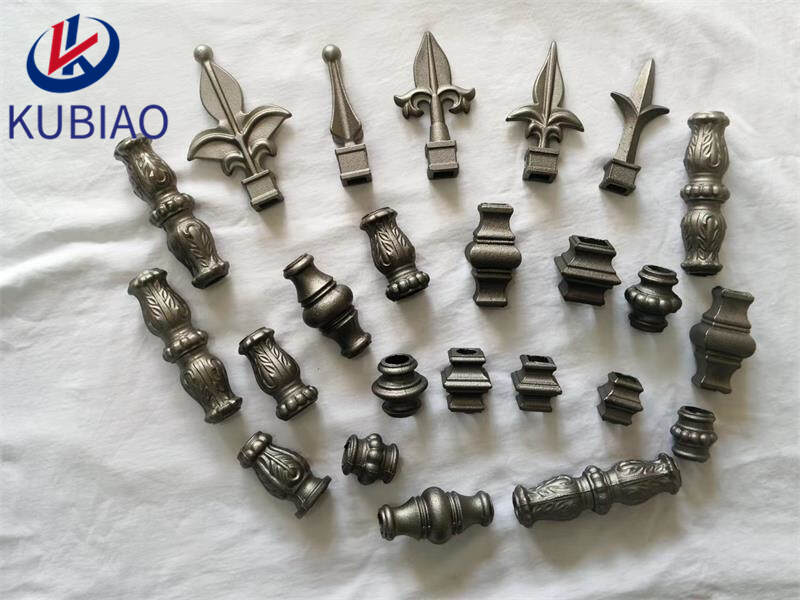
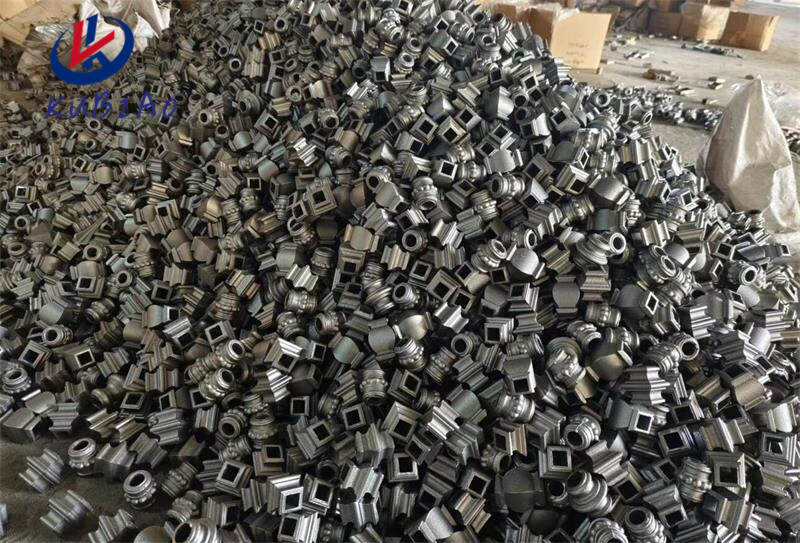
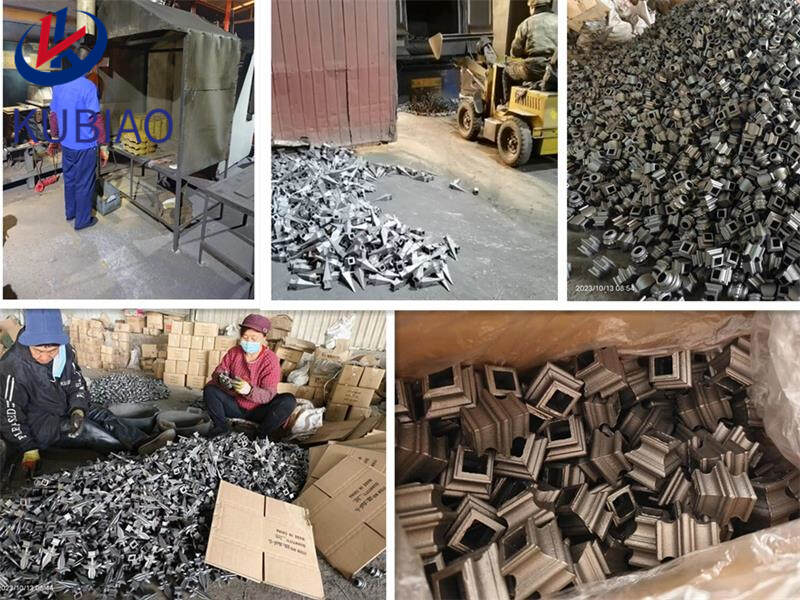
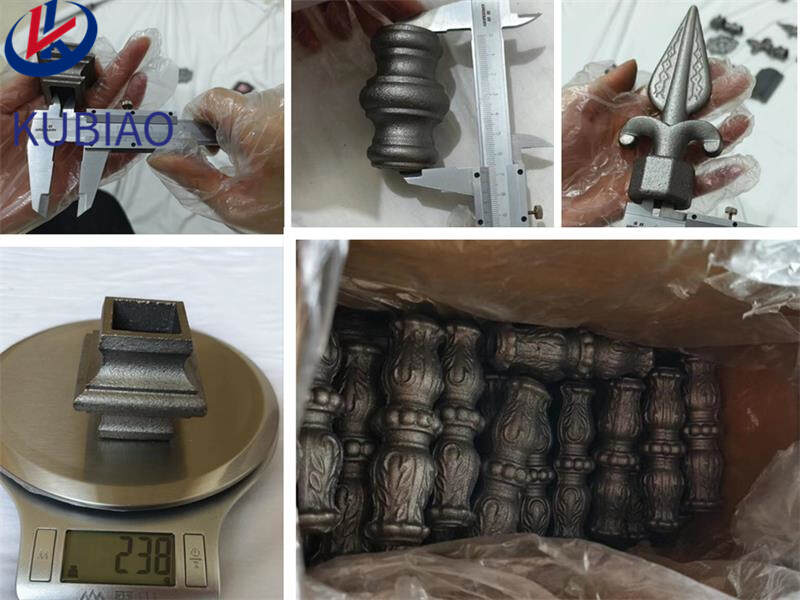
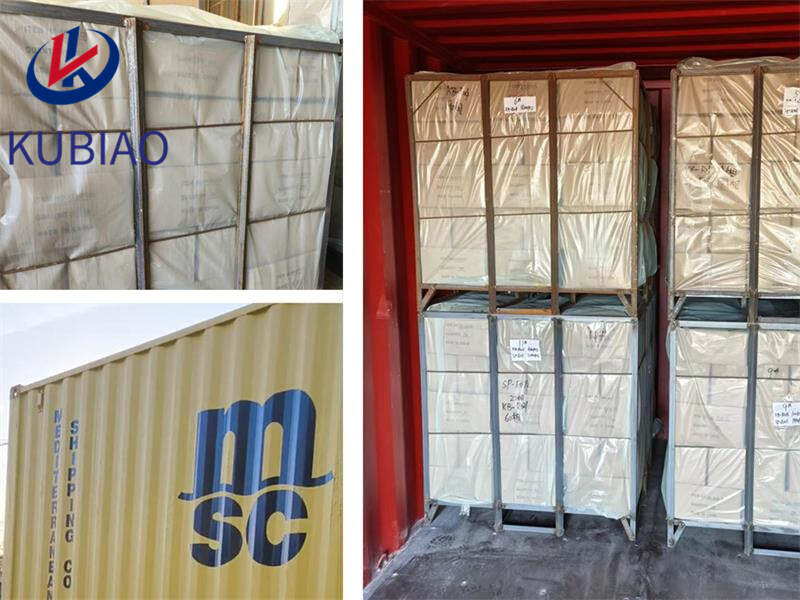
|
Product name |
cast iron leaf |
|
Keyword |
fence iron flowers craft ,iron art decor ,casting cap for fence,iron ornamental design ,ornamental cast iron fence fittings |
| Place of Origin | China |
|
Quality standard |
We have our own professional QC team to insure the quality. |
|
Feature |
Cast iron is a strong metal material that can withstand large amounts of pressure and weight. It is also durable and resistant to corrosion, making it ideal as a decorative item |
|
Application scope |
wedding, etc. |
|
surface treatment |
sand blasting antirust antirust oil/water painting hot dip galvanizing |
|
Unit Weight(g) |
192(Contact us for specific information to confirm) |
|
terms of payment |
50% T/T in advance, balance before shipment. |
|
Life span |
26 years (Contact us for specific information to confirm) |
|
delivery time |
It usually takes 40 days. |
|
Advantage |
We keep good quality and competitive price to ensure our customers benefit |
|
Packing |
12x32x14.3cm(Contact us for specific information to confirm) |
|
OEM/ODM |
Customization Service Provided |
|
design |
beautiful elegance sleek pretty |
|
Sales country |
All over the world for example:French Polynesia,Andorra,Egypt,Anguilla,Costa Rica,Latvia,Jordan,Albania |
|
MOQ |
50 pcs(Contact us for specific information to confirm) |
About Us
We are a manufacturer and trade company who is specialized in exporting decorative iron products. Our mainly products are casting spearheads,iron ornamental design ,iron fence accessories ,gate mark on cast iron,iron ornament panels. Our target customers are all customers from all over world( French Polynesia,Andorra,Egypt,Anguilla,Costa Rica,Latvia,Jordan,Albania,North America, America, Africa and Oceania) who need our product.
Our advantage: Professional Design team , we can make the drawing according the customers' requirement . Professional QC who has more than 10 years experience , every step will be checked until shipping .Professional Sevice Team , it is the ONE TO ONE communication .During the production period ,Our Service staff will send every step photos to customer for checking , Communicating and solving problems in a timely manner.
1.Are there any famous examples of cast iron leaf in famous buildings?
We have established long-term and stable partnerships with our suppliers, so we have great advantages in price and cost and quality assurance.
1. Eiffel Tower - The iconic Parisian landmark features cast iron ornaments in its intricate lattice design.
2. Grand Central Terminal - The main concourse of this New York City train station is adorned with cast iron chandeliers and decorative elements.
3. Buckingham Palace - The gates and railings of the royal residence in London are made of cast iron, featuring ornate designs and crests.
4. St. Pancras Station - This Victorian railway station in London is known for its elaborate cast iron roof and decorative elements.
5. New York Public Library - The main branch of the NYPL features cast iron lamp posts and decorative grilles on its exterior.
6. The Palace of Westminster - The Houses of Parliament in London feature cast iron elements, including the iconic Big Ben clock tower.
7. The Iron Bridge - This 18th century bridge in Shropshire, England is considered a masterpiece of cast iron engineering and design.
8. The Smithsonian Castle - The oldest building on the National Mall in Washington D.C. features cast iron columns and decorative elements.
9. The Royal Albert Hall - This concert hall in London features a cast iron dome and decorative friezes on its exterior.
10. The Flatiron Building - This iconic New York City skyscraper is known for its unique triangular shape and cast iron facade.
2.Are there any DIY techniques for creating my own cast iron leaf?
We have a good reputation and image in the industry. The quality and price advantage of cast iron leaf products is an important factor in our hard overseas market.
1. Sand Casting: This method involves creating a mold using sand and pouring molten cast iron into it. You can use a wooden pattern or a 3D printed mold to create intricate designs. Once the iron has cooled and solidified, the sand can be removed to reveal the ornament.
2. Clay Casting: Similar to sand casting, this method involves creating a mold using clay instead of sand. The clay can be molded into any shape or design and then coated with a layer of sand before pouring in the molten iron. Once cooled, the clay can be removed to reveal the ornament.
3. Lost Wax Casting: This technique involves creating a wax model of the ornament and then coating it with a layer of ceramic. The wax is then melted out, leaving a hollow ceramic mold. Molten iron is then poured into the mold and once cooled, the ceramic can be broken away to reveal the ornament.
4. Repurposed Molds: You can also use existing objects such as cookie cutters, silicone molds, or even household items like bottle caps or keys to create unique cast iron ornaments. Simply pour the molten iron into the mold and let it cool before removing the ornament.
5. Sandpaper Etching: If you don't have access to molten iron, you can still create a cast iron look by using sandpaper to etch designs onto a piece of metal. You can then paint the metal with a rust-colored paint to give it an aged look.
6. Welding: If you have some welding skills, you can create your own cast iron ornaments by welding together pieces of scrap metal. You can use a grinder to smooth out any rough edges and give it a more polished look.
7. 3D Printing: If you have access to a 3D printer, you can design and print your own cast iron ornaments using a special filament that contains iron particles. Once printed, the ornament can be heated to fuse the iron particles together, giving it a cast iron appearance.
Remember to always take proper safety precautions when working with molten iron or welding equipment. It is also important to properly dispose of any leftover materials and follow local regulations for metalworking.
3.What are the origins of cast iron ornament production?
We focus on teamwork and communication to achieve common goals, We attach great importance to this detail.
The production of cast iron ornaments can be traced back to the 18th century in Europe, particularly in England and France. During this time, cast iron was becoming a popular material for architectural and decorative elements due to its strength, durability, and ability to be molded into intricate designs.
The Industrial Revolution in the 19th century further fueled the production of cast iron ornaments, as advancements in technology and manufacturing processes made it easier and more cost-effective to produce these decorative pieces. Cast iron ornaments were used extensively in the construction of buildings, bridges, and other structures, as well as in furniture and household items.
The popularity of cast iron ornaments continued to grow throughout the 19th and early 20th centuries, with the rise of the Victorian era and its emphasis on ornate and elaborate designs. However, the production of cast iron ornaments declined in the mid-20th century with the introduction of new materials and construction methods.
Today, cast iron ornaments are still produced and used in various architectural and decorative applications, but they are often considered a symbol of the past and are highly valued for their historical and aesthetic significance.
4.Why are cast iron leaf commonly used in outdoor settings?
We adhere to the principle of integrity and transparency, and establish long -term relationships with partners, and we attach great importance to this detail.
1. Durability: Cast iron is a strong and durable material that can withstand harsh outdoor conditions such as rain, wind, and sunlight. It is resistant to rust and corrosion, making it a long-lasting choice for outdoor use.
2. Weather-resistant: Cast iron is able to withstand extreme temperatures without cracking or warping, making it suitable for use in both hot and cold climates.
3. Weight: Cast iron is a heavy material, which makes it less likely to be blown over by strong winds or knocked over by animals or people. This makes it a safe and stable choice for outdoor settings.
4. Decorative: Cast iron ornaments come in a variety of intricate and decorative designs, making them a popular choice for adding visual interest and charm to outdoor spaces.
5. Low maintenance: Cast iron ornaments require minimal maintenance, making them a convenient choice for outdoor settings. They can be easily cleaned with soap and water and do not need to be repainted or refinished regularly.
6. Versatility: Cast iron ornaments can be used in a variety of outdoor settings, from gardens and patios to parks and public spaces. They can also be used for a range of purposes, such as garden edging, planters, and decorative accents.
7. Historical significance: Cast iron has been used for outdoor ornaments for centuries, giving it a sense of tradition and history. This adds to its appeal and makes it a popular choice for traditional and historic outdoor spaces.
5.How do I protect cast iron leaf during extreme weather conditions?
We focus on providing high cast iron leaf quality products and services.
1. Apply a protective coating: Before extreme weather hits, apply a protective coating to your cast iron ornaments. This can be a clear sealant or a coat of paint specifically designed for metal surfaces. This will create a barrier between the ornament and the elements, preventing rust and corrosion.
2. Bring them indoors: If possible, bring your cast iron ornaments indoors during extreme weather conditions. This will protect them from rain, snow, and harsh winds. If you have a covered porch or patio, you can also move them there for added protection.
3. Cover them up: If bringing the ornaments indoors is not an option, cover them with a tarp or plastic sheeting. This will protect them from direct exposure to rain and snow. Make sure to secure the cover tightly to prevent it from blowing away in strong winds.
4. Keep them off the ground: If your ornaments are placed on the ground, they are more susceptible to damage from moisture and freezing temperatures. Elevate them on a pedestal or stand to keep them off the ground and away from standing water.
5. Remove snow and ice: If your ornaments do get covered in snow or ice, make sure to remove it as soon as possible. The weight of snow and ice can cause damage to the delicate details of the ornament and can also lead to rusting.
6. Regular maintenance: Regularly inspect your cast iron ornaments for any signs of damage or rust. If you notice any issues, address them immediately to prevent further damage.
7. Store them properly: If you live in an area with extreme weather conditions, consider storing your cast iron ornaments indoors during the off-season. This will protect them from prolonged exposure to harsh elements and extend their lifespan.
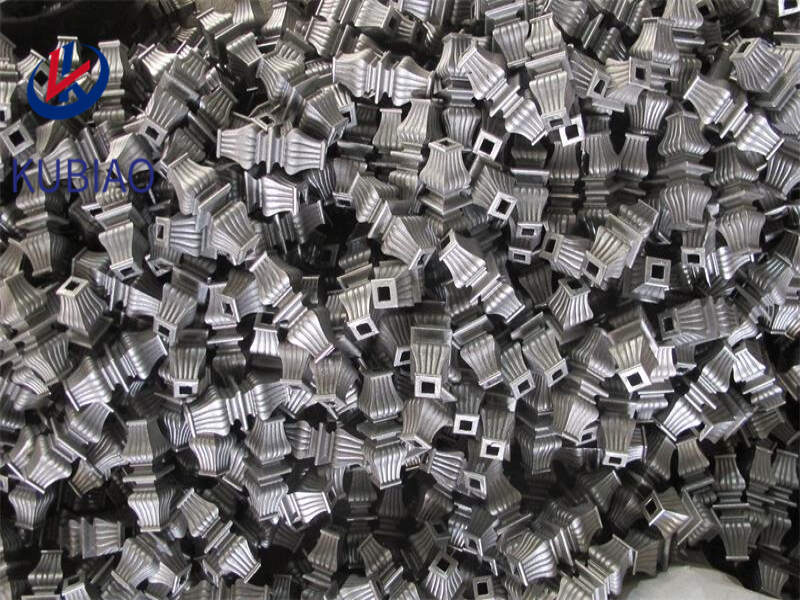
6.What is the history of cast iron leaf?
We pay attention to the introduction and training of talents, scientifically regulate the management system, and focus on cultural construction and team cohesion.
Cast iron ornaments have a long and rich history dating back to ancient civilizations. The use of cast iron for decorative purposes can be traced back to the 5th century BC in China, where it was used to create intricate and ornate objects such as bells and statues.
In Europe, the use of cast iron for decorative purposes began in the 15th century, with the production of cast iron firebacks and grates for fireplaces. These were often adorned with intricate designs and patterns, and were considered a symbol of wealth and status.
During the Industrial Revolution in the 18th and 19th centuries, cast iron became more widely available and affordable, leading to an increase in its use for decorative purposes. Cast iron ornaments were used to decorate buildings, parks, and gardens, and were also popular as household items such as door knockers, garden furniture, and garden urns.
In the late 19th and early 20th centuries, the Victorian era saw a surge in the popularity of cast iron ornaments. The ornate and elaborate designs of the Victorian era were perfectly suited to the versatility of cast iron, and it was used extensively in the construction of buildings, bridges, and other structures.
However, with the advent of new materials such as steel and aluminum, the use of cast iron for decorative purposes declined in the 20th century. It was not until the lat<
br> 20th century that there was a renewed interest in cast iron ornaments, with a growing appreciation for their historical and aesthetic value.
Today, cast iron ornaments are still used to decorate buildings, parks, and gardens, and are also popular as collectibles and antiques. They are valued for their durability, intricate designs, and historical significance, and continue to be a popular choice for adding a touch of elegance and charm to any space.
7.Are there any common design elements found in cast iron leaf?
1. Intricate Details: Cast iron ornaments often feature intricate and detailed designs, such as floral patterns, scrollwork, and geometric shapes.
2. Curved and Organic Shapes: Many cast iron ornaments have curved and organic shapes, which are achieved through the casting process.
3. Symmetry: Symmetry is a common design element in cast iron ornaments, with designs often being mirrored on both sides.
4. Repetition: Many cast iron ornaments feature repeated patterns or motifs, creating a sense of unity and cohesion in the design.
5. Textures: Cast iron ornaments can have a variety of textures, including smooth, rough, and hammered surfaces, adding visual interest and depth to the design.
6. Finials and Fleur-de-lis: Finials, which are decorative end pieces, and fleur-de-lis, a stylized lily flower, are commonly found in cast iron ornaments, adding a touch of elegance and sophistication.
7. Gothic and Victorian Influences: Cast iron ornaments often draw inspiration from Gothic and Victorian architecture, featuring pointed arches, spires, and intricate details.
8. Natural Elements: Many cast iron ornaments incorporate natural elements, such as leaves, flowers, and animals, into their designs.
9. Rustic and Industrial Aesthetics: Cast iron ornaments can also have a rustic or industrial aesthetic, with rough textures and simple, geometric designs.
10. Black or Dark Colors: Due to the nature of cast iron, most ornaments are black or dark in color, adding a sense of drama and contrast to the design.
8.What types of designs can be found on cast iron leaf?
As one of the cast iron leaf market leaders, we are known for innovation and reliability.
1. Floral designs: These can include intricate patterns of flowers, leaves, and vines.
2. Animal designs: Cast iron ornaments can feature various animals such as birds, butterflies, horses, and more.
3. Geometric designs: These can range from simple geometric shapes to more complex patterns and designs.
4. Architectural designs: Cast iron ornaments can also feature architectural elements such as columns, arches, and pillars.
5. Religious designs: Some cast iron ornaments may have religious symbols or figures, such as crosses or angels.
6. Nautical designs: These can include anchors, ships, lighthouses, and other maritime elements.
7. Mythological designs: Cast iron ornaments may also feature mythical creatures such as dragons, unicorns, or mermaids.
8. Traditional designs: These can include classic designs such as fleur-de-lis, scrolls, and medallions.
9. Seasonal designs: Some cast iron ornaments may have designs related to specific seasons, such as snowflakes for winter or flowers for spring.
10. Custom designs: Many cast iron ornaments can be custom-made with personalized designs, such as family names or monograms.
9.What are the differences between cast iron leaf and other metal decorations?
We have advantages in marketing and channel expansion. Suppliers have established good cooperative relations, continuously improved workflows, improved efficiency and productivity, and provided customers with high -quality products and services.
1. Material: The main difference between cast iron ornaments and other metal decorations is the material used. Cast iron ornaments are made from iron that has been melted and poured into a mold, while other metal decorations can be made from a variety of metals such as aluminum, brass, copper, or steel.
2. Weight: Cast iron ornaments are typically heavier than other metal decorations due to the density of iron. This can make them more durable and less likely to be blown over by strong winds.
3. Strength: Cast iron is known for its strength and durability, making cast iron ornaments more resistant to damage and wear compared to other metal decorations.
4. Rust resistance: Cast iron is prone to rusting, so cast iron ornaments may require regular maintenance to prevent rust. Other metal decorations, such as aluminum or stainless steel, are more resistant to rust and may require less maintenance.
5. Design options: Cast iron ornaments are limited in terms of design options due to the casting process. Other metal decorations can be formed into more intricate and detailed designs using techniques such as welding, bending, and cutting.
6. Cost: Cast iron ornaments tend to be more expensive than other metal decorations due to the cost of the materials and the labor-intensive casting process.
7. Versatility: Other metal decorations can be used both indoors and outdoors, while cast iron ornaments are primarily used for outdoor decor due to their weight and rust-prone nature.
8. Historical significance: Cast iron has been used for centuries in architectural and decorative elements, giving cast iron ornaments a sense of history and tradition that other metal decorations may not have.
10.Can cast iron leaf be used in both traditional and modern decor styles?
We maintain a certain amount of R&D investment every year and continuously improve operational efficiency to provide better services to our cooperative customers.
Yes, cast iron ornaments can be used in both traditional and modern decor styles. They can add a touch of vintage charm to traditional decor, while also bringing a bold and industrial element to modern decor. The versatility of cast iron ornaments allows them to be incorporated into a variety of design styles, making them a popular choice for home decor.
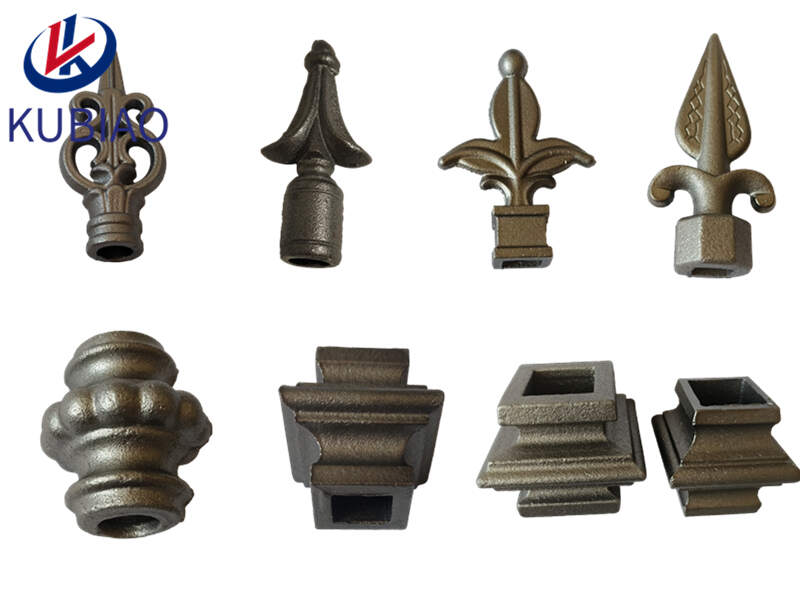
11.How are cast iron leaf used in home decor?
We have advanced production equipment and technology to meet the needs of customers, and can provide customers with high quality, low priced cast iron leaf products.
1. Wall Decor: Cast iron ornaments can be used as wall decor by hanging them on the wall using hooks or nails. They can add a vintage and rustic touch to any room.
2. Bookends: Cast iron ornaments in the shape of animals, plants, or other objects can be used as bookends to keep books in place on a shelf or table.
3. Doorstops: Heavy and sturdy cast iron ornaments can be used as doorstops to hold doors open. They can also add a decorative element to the room.
4. Garden Decor: Cast iron ornaments can be used in the garden as decorative pieces. They can be placed on a garden wall, hung from a tree, or used as a centerpiece in a flower bed.
5. Fireplace Accessories: Cast iron ornaments such as fire grates, firebacks, and fireplace tools can add a traditional and elegant touch to a fireplace.
6. Table Centerpieces: Small cast iron ornaments can be used as table centerpieces. They can be placed on a tray or in a bowl with other decorative items to create a unique and eye-catching display.
7. Kitchen Decor: Cast iron ornaments in the shape of fruits, vegetables, or kitchen utensils can be used as decorative pieces in the kitchen. They can be displayed on a shelf or hung on the wall.
8. Candle Holders: Cast iron ornaments can be used as candle holders by placing a candle on top or inside them. They can add a touch of warmth and coziness to any room.
9. Coat Hooks: Cast iron ornaments in the shape of hooks can be used as coat hooks in an entryway or mudroom. They can add a functional and decorative element to the space.
10. Furniture Accents: Cast iron ornaments can be used as accents on furniture pieces such as tables, chairs, and cabinets. They can add a unique and personalized touch to the furniture.
12.How can I clean and maintain cast iron leaf?
We have established a good reputation and reliable partnerships within the cast iron leaf industry.
1. Remove any dirt or debris: Use a soft-bristled brush or cloth to remove any dirt or debris from the surface of the cast iron ornament.
2. Wash with mild soap and water: Mix a small amount of mild soap with warm water and use a cloth or brush to gently scrub the ornament. Rinse with clean water and dry thoroughly with a towel.
3. Remove rust: If there is any rust on the ornament, use a wire brush or sandpaper to gently scrub it off. You can also use a commercial rust remover if the rust is stubborn.
4. Apply a protective coating: To prevent future rusting, apply a thin layer of oil or a specialized cast iron sealer to the ornament. Be sure to follow the manufacturer's instructions for application.
5. Store in a dry place: Moisture can cause cast iron to rust, so it is important to store your ornaments in a dry place when not in use.
6. Avoid harsh chemicals: Avoid using harsh chemicals or abrasive cleaners on your cast iron ornaments as they can damage the surface.
7. Regularly inspect and touch up: Inspect your ornaments regularly for any signs of rust or damage. If you notice any, clean and touch up the affected area immediately to prevent further damage.
8. Protect from extreme temperatures: Extreme temperatures can cause cast iron to expand and contract, leading to cracks or damage. Avoid exposing your ornaments to extreme heat or cold.
9. Handle with care: Cast iron ornaments can be heavy and fragile, so handle them with care when moving or storing them.
10. Seek professional help if needed: If your cast iron ornament is heavily rusted or damaged, it may be best to seek professional help for restoration.
13.What are some creative ways to display cast iron leaf?
We enjoy high authority and influence in the industry and continue to innovate products and service models.
1. Hang them on a rustic wooden ladder: Lean a wooden ladder against a wall and hang the cast iron ornaments from the rungs. This creates a unique and eye-catching display.
2. Create a wall collage: Arrange a variety of cast iron ornaments on a wall in a collage-style display. Mix and match different sizes and shapes for an eclectic look.
3. Use them as bookends: Place a pair of matching cast iron ornaments on either side of a row of books to create a functional and decorative display.
4. Display them in a terrarium: Place a few cast iron ornaments inside a glass terrarium for a whimsical and unexpected display.
5. Hang them from a chandelier: If you have a chandelier or light fixture with multiple arms, hang a few cast iron ornaments from the arms for a unique and elegant display.
6. Create a centerpiece: Arrange a few cast iron ornaments on a tray or platter and use them as a centerpiece on a dining table or coffee table.
7. Hang them from a branch: Find a sturdy branch and hang the cast iron ornaments from it using twine or ribbon. This creates a natural and rustic display.
8. Use them as garden stakes: Stick the cast iron ornaments into the ground in your garden or flower bed to add a touch of whimsy and charm.
9. Display them on a mantel: Arrange a few cast iron ornaments on a mantel along with other decorative items for a charming and festive display.
10. Hang them from a curtain rod: Use curtain clips to hang cast iron ornaments from a curtain rod for a unique and unexpected display.
14.Are there any health hazards associated with cast iron leaf?
We focus on our customers' needs and strive to meet their expectations, so we take this very seriously.
There are no known health hazards associated with cast iron ornaments. However, if the ornaments are painted or coated with a sealant, there may be potential health risks from the chemicals used in these products. It is important to follow proper safety precautions when handling and using any type of paint or sealant. Additionally, if the ornaments are rusty or corroded, there may be a risk of tetanus if someone were to get cut or punctured by the metal. It is always a good idea to wear gloves and handle rusty or sharp objects with caution.
Welcome to contact us for Cast Iron Order!
Email: sales@kubiaometal.com
Cellphone/Whatsapp: 0086 13020588163
Wechat: 13028588163
Tag:iron component ,fencing metal spear ,ornamental collar,ornamental iron fence parts ,iron casting collar
PREV: cast iron metal ornaments
NEXT: cast iron gate ornaments
Product
Category